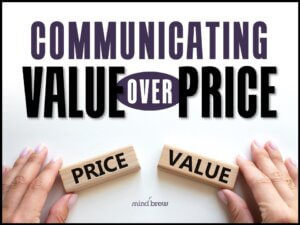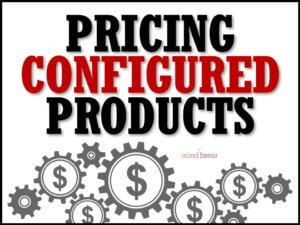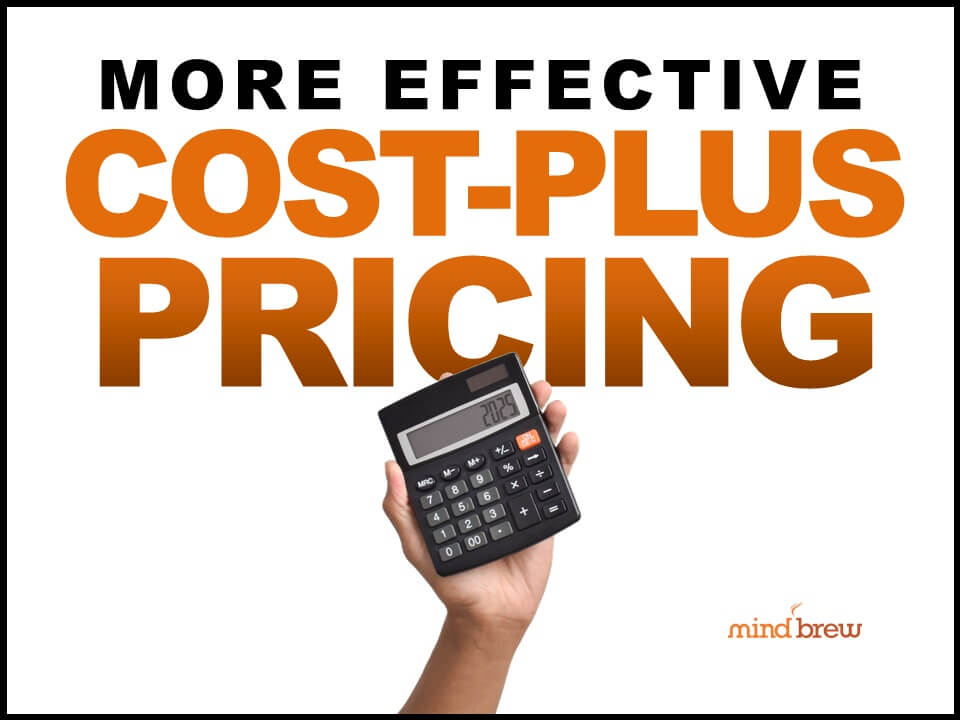Imagine this: an axe with a sleek steel handle. It’s shaped perfectly to fit your hands, and it has just the right amount of weight — you can heft it, but it also feels heavy enough to crush small pieces of kindling easily.
And the blade is truly a thing of beauty. Polished walnut with the most beautiful wood grain brought out by the careful sanding and staining.
In fact, you don’t have to imagine it, because we have a picture for you below:

As you’ve probably realized by now, this axe has just one problem: it won’t cut a darn thing.
No matter how strong you are or how much you sharpen that blade, it’s going to disintegrate the first time you use it on a real log. Sure, it looks pretty good, but it’s totally useless.
We brought up this image to make a point about pricing, of course. And the point is that it’s really easy to build a pricing strategy that seems attractive, but is actually completely useless.
This is what happens when you create a pricing strategy built around internal ideas of value rather than what is important to the customer.
Misidentifying the value
One of the most common pitfalls we see in B2B pricing strategies is that companies have not properly identified the value that they are charging for. They think that their product should be valuable because it’s made with quality components or because it was designed by someone you really respect or because it’s 20% better than your other product.
But your customer might not care about any of that. In fact, they may value other features of your products or services that you haven’t even considered. Here are a few examples:
- A software company was attempting to charge a premium for technical features that their customers didn’t use or understand. At the same time, they were missing out on the opportunity to charge more for the things that their customers really wanted — better technical support, faster response times, and assistance with integrating with their other technology.
- A chemical company incurred a lot of research and development costs creating a new industrial product. They slapped a high price tag on the product in an attempt to recoup those costs, without considering that it really had a fairly low dollar impact on the customers’ businesses. As a result, sales were disappointing.
- A cloud computing company put a hefty markup on a particular proprietary technology that no other vendor offered. But in the customer’s eyes, this proprietary tech was just a gimmick. What the buyer really wanted was fast service and uptime guarantees, which weren’t reflected in the pricing model.
In each of these cases, the seller attempted to dictate a price based on their own internal perception of value. They had no idea what their customers really wanted.
That’s where great-looking pricing strategies often fall apart. Value-based pricing only works if you’re crystal clear on what the customer truly values — and is willing to pay for.
The value-pricing mindset
To avoid these traps, you need to spend some time on value discovery. That means getting beyond surface-level assumptions and learning what drives real outcomes for your customers. That might involve interviewing customers, mapping the buyer journey, conducting win/loss analysis, or asking the sales team what actually moves deals forward.
Value-based pricing isn’t just a method — it’s a mindset. It requires diligence and curiosity. Most importantly, it requires you to have the humility to admit that your assumptions about value might be wrong.
If you’d like some help adopting that mindset, check out the following resources:
- Leveraging Your Multidimensional Value
- Exposing Your Differential Value Step-by-Step
- Communicating Value Over Price
- Getting Sales To Sell the Value
Before you roll out a new pricing strategy, make sure that it not only looks good, it’s also sharp enough and sturdy enough to do the job.

















